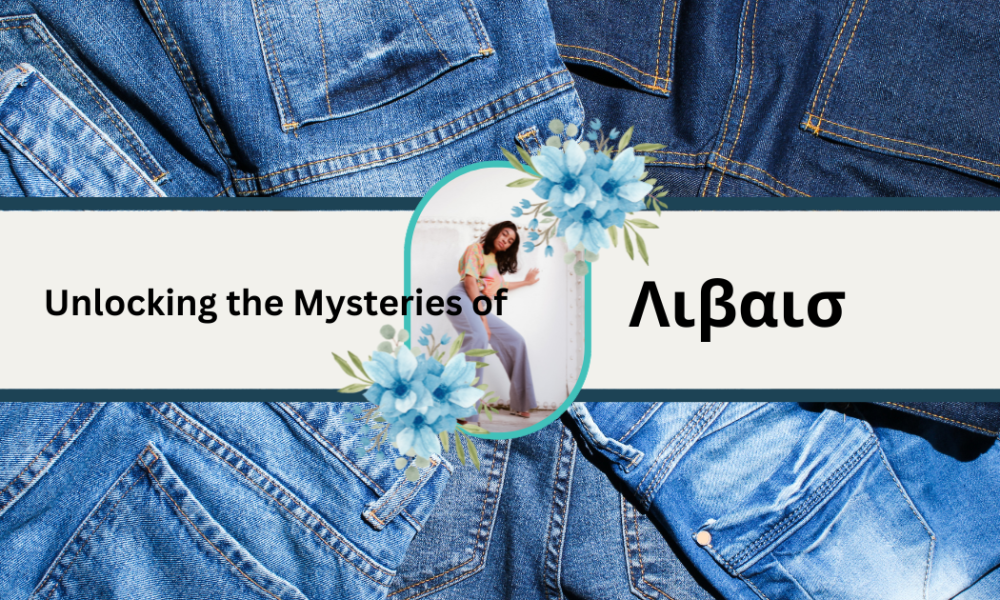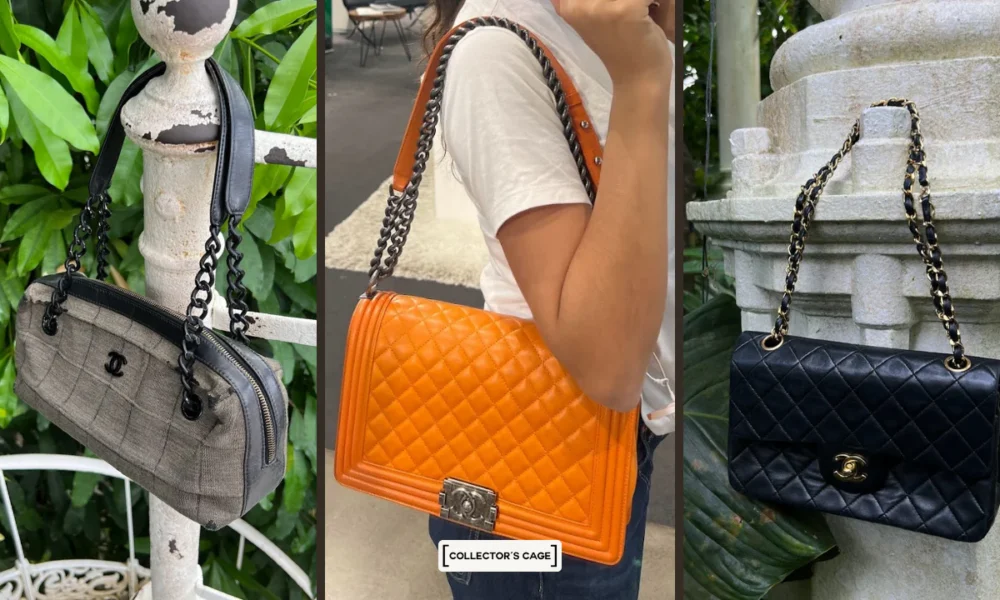In the realm of fashion, the American kilt stands as a symbol of innovation and cultural fusion. Rooted in Scottish tradition yet reimagined through the lens of American creativity, these kilts embody the spirit of diversity and individuality. American kilts often feature unique patterns, vibrant colors, and modern fabrics, reflecting the eclectic tastes and preferences of wearers across the nation.
Unlike their traditional counterparts, American kilts embrace a more relaxed and casual aesthetic, making them versatile garments suitable for a variety of occasions. From music festivals to urban streetwear, American kilts effortlessly blend tradition with contemporary style, offering wearers a fresh and dynamic way to express themselves. With their ability to transcend cultural boundaries and challenge fashion norms, American kilts have become iconic symbols of self-expression and cultural identity in the modern world.
Exploring the Origins of Kilts
Kilts trace their origins back to ancient Scotland, where they were initially worn as full-length garments. These early kilts were crafted from wool and draped around the body, secured with a belt or brooch. They served not only as clothing but also as a symbol of clan affiliation and cultural identity. Over time, kilts evolved in style and construction, adapting to the changing needs and preferences of wearers. By the 16th century, kilts had become more tailored, featuring pleats and intricate tartan patterns that represented specific clans or regions. Despite their evolution, kilts remained deeply rooted in Scottish tradition, symbolizing heritage and pride.
As Scottish immigrants settled in America, they brought their cultural traditions, including kilts, with them. In the New World, kilts underwent further transformations, influenced by the diverse tapestry of American culture. While retaining elements of their Scottish heritage, American kilts began to incorporate new fabrics, colors, and designs, reflecting the melting pot of cultures that defined the United States. This fusion of influences gave rise to unique variations of kilts that embraced both tradition and innovation, paving the way for their widespread popularity across the country.
Modern Interpretations of Kilts
In today’s fashion landscape, kilts have transcended their traditional associations, becoming symbols of self-expression and individuality. From the runways of high-end fashion houses to the streets of urban neighborhoods, kilts are celebrated for their versatility and style. Contemporary designers have reimagined kilts in a multitude of ways, experimenting with fabrics, silhouettes, and embellishments to create modern interpretations that resonate with diverse audiences.
The rise of casual wear has further fueled the popularity of kilts as everyday attire. Gone are the days when kilts were reserved solely for formal occasions or ceremonial events. Today, individuals of all ages and backgrounds embrace kilts as wardrobe staples, pairing them with everything from t-shirts and sneakers to button-down shirts and boots. This shift reflects a broader cultural movement towards comfort and authenticity in fashion, where personal style takes precedence over rigid dress codes.
Embracing Cultural Diversity
Embracing cultural diversity is not just a trend; it’s a fundamental aspect of the evolution of kilts, deeply rooted in the fabric of American society. As the United States is a melting pot of cultures, kilts have become symbols of inclusivity and acceptance, embodying the diverse heritage of the nation. In American cities and communities, kilts are adorned with patterns and designs that pay homage to various cultures, from the intricate motifs of Native American tribes to the vibrant hues of African textiles. These diverse influences are not only celebrated but also integrated into the fabric of American kilts, creating a tapestry of cultural expression that resonates with wearers of all backgrounds.
Furthermore, the embrace of cultural diversity in kilts extends beyond aesthetics to encompass deeper values of unity and understanding. By wearing kilts that reflect their heritage or interests, individuals express pride in their cultural identity while also demonstrating respect for others’ traditions. This mutual appreciation fosters a sense of belonging and solidarity within communities, strengthening social bonds and promoting harmony. In a world often divided by differences, kilts serve as symbols of shared humanity, transcending cultural boundaries and uniting people through a common appreciation for diversity.
In essence, the embrace of cultural diversity in kilts is a celebration of the human experience in all its richness and complexity. As symbols of heritage and identity, kilts embody the spirit of inclusivity and acceptance, inviting individuals to embrace their roots while also embracing the cultures of others. Fashion kilts represent a contemporary take on traditional Scottish attire, incorporating modern elements and design aesthetics. These kilts feature sleek cuts, innovative fabrics, and edgy details, catering to individuals with a keen eye for style and trends. From the runway to streetwear, fashion kilts have emerged as statement pieces, blurring the lines between traditional and avant-garde fashion. With their bold patterns and unconventional silhouettes, fashion kilts offer wearers a unique opportunity to express their individuality and embrace fashion-forward looks. Embracing innovation and creativity, fashion kilts have become symbols of self-expression and confidence in the ever-evolving world of fashion.
The Future of Kilts
Innovations and trends in the realm of kilts are reshaping the landscape of fashion, offering exciting possibilities for both designers and wearers alike. One notable trend is the integration of sustainable practices into kilt production, reflecting a growing awareness of environmental issues within the fashion industry. From the use of eco-friendly fabrics to ethical manufacturing processes, sustainable kilts are paving the way for a more responsible approach to fashion.
Additionally, customization has emerged as a key trend in the world of man kilt, allowing individuals to personalize their garments to suit their unique preferences. Whether it’s choosing a specific tartan pattern, adding personalized embroidery, or selecting alternative fabrics, customization offers wearers the opportunity to create kilts that truly reflect their individual style and personality.
Moreover, technological advancements are driving innovation in kilt design and construction. From 3D printing techniques to advanced fabric treatments, these technologies are revolutionizing the way kilts are created and worn.
As a result, kilts are becoming more versatile, durable, and functional, meeting the demands of modern consumers who seek both style and practicality in their attire.
Overall, the future of kilts is marked by a spirit of innovation and creativity, with designers and wearers alike pushing the boundaries of tradition to create garments that are both timeless and cutting-edge. As we embrace these innovations and trends, we celebrate the enduring legacy of kilts as symbols of cultural heritage and self-expression.
Conclusion
In conclusion, the journey of American kilts is a testament to the enduring power of fashion to evolve, adapt, and inspire. From their origins in Scottish tradition to their modern interpretations in the diverse landscape of America, kilts have transcended mere garments to become symbols of cultural exchange and individuality. As we look to the future, the legacy of American kilts remains bright, promising continued innovation, creativity, and inclusivity in fashion. Whether worn on runways, streets, or cultural events, kilts serve as reminders of the rich tapestry of heritage that defines us and the limitless possibilities for self-expression through style. So let us continue to embrace the spirit of innovation and diversity that American kilts represent, celebrating the fusion of tradition and modernity in every thread and fabric.
FAQs (Frequently Asked Questions)
1- Are kilts only worn by men?
No, kilts are not exclusively worn by men. In modern fashion, kilts are embraced by individuals of all genders as a symbol of self-expression and style.
2- Can kilts be worn casually?
Absolutely! Kilts have transitioned from ceremonial attire to versatile garments suitable for everyday wear. Pair a casual kilt with a simple top for a laid-back yet stylish look.
3- Are kilts still relevant in today’s fashion?
Yes, kilts continue to be relevant in contemporary fashion, with designers and fashion enthusiasts embracing them as a symbol of innovation and individuality.
4- How do I style a kilt for a formal event?
For formal occasions, opt for a tailored kilt paired with a crisp shirt and dress shoes. Add a blazer for a polished finish, creating a sophisticated ensemble that exudes timeless charm.
5- What makes American kilts unique?
American kilts embody a fusion of cultural influences, reflecting the diverse tapestry of American society. From bold patterns to innovative designs, American kilts showcase creativity and individuality.









